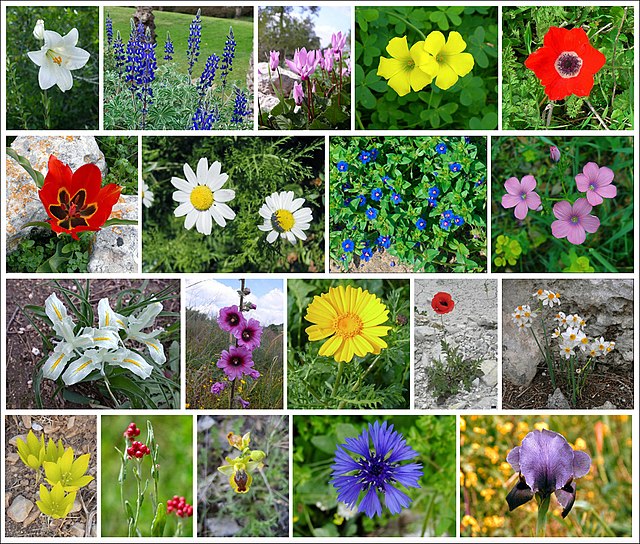Advertising in biology means the use of displays by organisms such as animals and plants to signal their presence for some evolutionary reason.
Red deer stag advertises its size honestly by roaring in the breeding season, reducing the need to fight.
Insect-pollinated flowers use a combination of cues to advertise themselves to insects.
Wilson's bird-of-paradise advertises to females in the breeding season with brilliant colours, patterns and tail plumes, as well as display behaviour and song.
Skunk, Mephitis mephitis, advertising its powerful defences by raising its tail and displaying its aposematic coloration
Within evolutionary biology, signalling theory is a body of theoretical work examining communication between individuals, both within species and across species. The central question is when organisms with conflicting interests, such as in sexual selection, should be expected to provide honest signals rather than cheating. Mathematical models describe how signalling can contribute to an evolutionarily stable strategy.
By stotting (also called pronking), a springbok (Antidorcas marsupialis) signals honestly to predators that it is young, fit, and not worth chasing.
Eurasian jay, Garrulus glandarius, gives honest signals—loud alarm calls—from its tree perch when it sees a predator.
The yellow-banded poison dart frog, Dendrobates leucomelas, gives an honest signal of its toxicity to warn off predators and reduce the frog's risk of injury.
Male fiddler crab, in the family Ocypodidae, signals with its enlarged fighting claw, but weak regrown claws may be dishonest signals.








